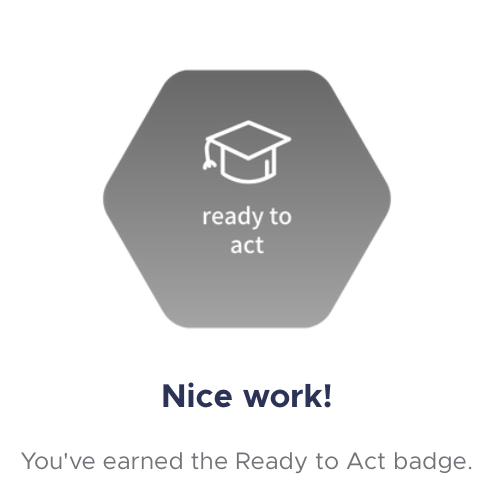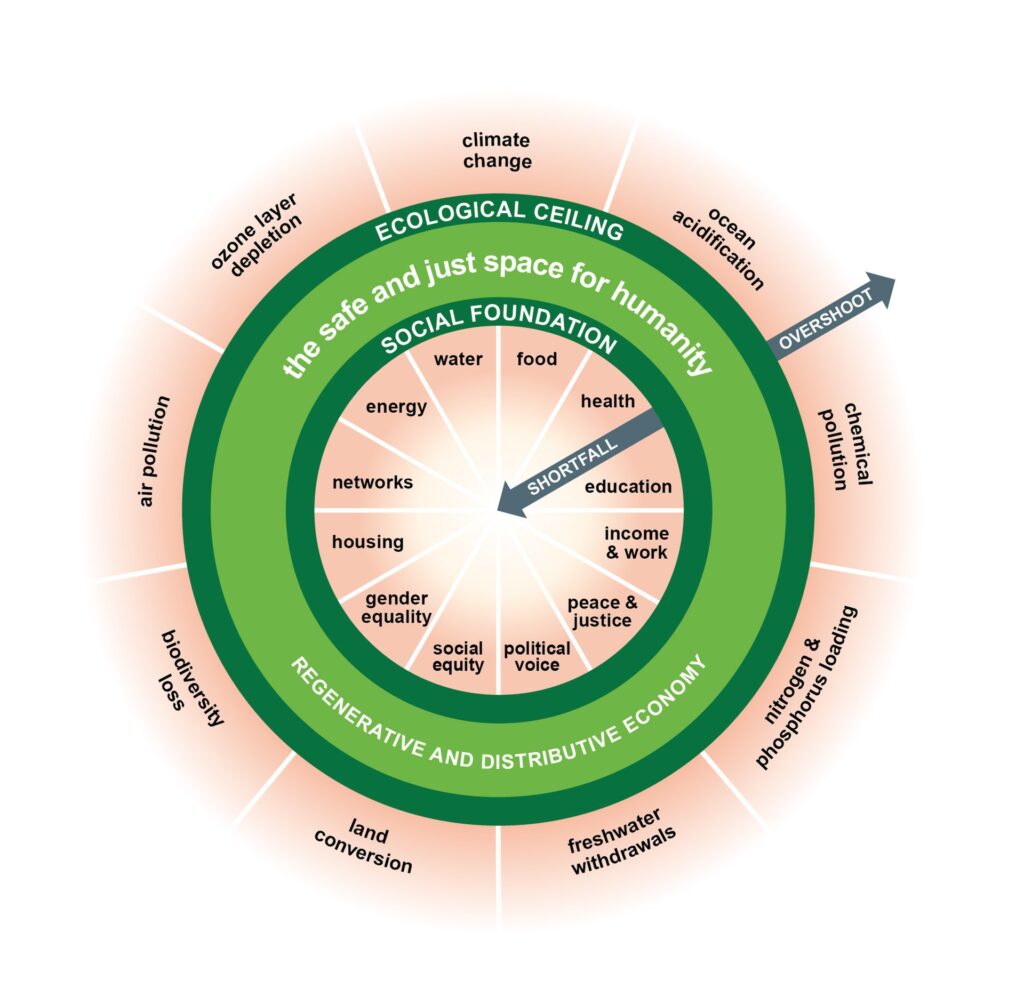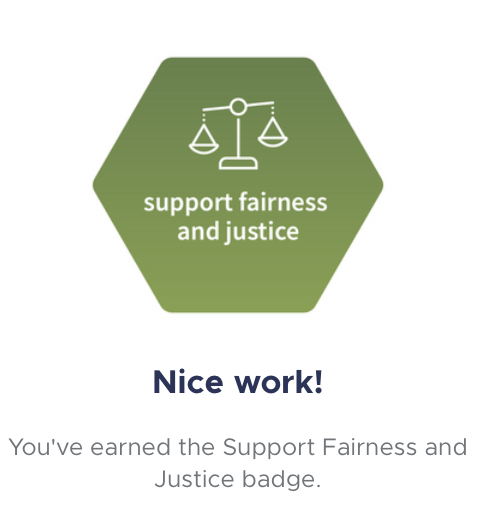I’m taking at my pace the free online course “Foundations of humane technology” by the Center for Humane Technology (whom I had heard of after watching the excellent documentary “The Social Dilemma”.) These are my notes.
- Module 1 – setting the stage
- Module 2 – respecting human nature
- Module 3 – minimizing harmful consequences
- Module 4 – centering values
- Module 5 – creating shared understanding
- Module 6 – supporting fairness & justice
- Module 7 – helping people thrive
- Module 8 – ready to act
This module addresses how to make lasting changes, building on the tenets of humane technology and highlighting the most pressing issues and stakes around building technology that interacts with human attention.

Watch and listen to Randima Fernando, co-founder of the Center for Humane Technology, introduce the course on the Foundations of Humane Technology (1:43):
The most pressing issues and stakes
As a summary of all I’ve learned in the course modules, here are the most meaningful elements (to me):
- Technology divides us, distracts us from meeting our biggest global challenges, and from our ability t solve problems.
- Human bias and vulnerabilities have helped us survive in ancient times, but not today.
- We can and should build better tech. Tech that does not leverage human vulnerabilities. Tech that honors that attention is sacred, and that centers on individual and societal thriving.
- A shift is needed from “design for conversion” to “design to enable wise choices” or “design for collaboration and sense-making”.
- Humane Technologists have a role (a duty?) to proactively design toward human thriving.
- Be values-driven, and metrics-informed.
- Recognise that tech isn’t, and cannot be neutral.
- Don’t fix tech with more tech. Instead, create fewer harms. Even if there is allure to more business / market opportunities by fixing the problems.
- Fix the causes, fix the crises, re-condition habits, establish trust.
How to make lasting changes?
Now that you’re informed, determined, and ready to act, be aware of this and be prepared to do that:
- You will meet substantial resistance. The parties that are winning have a lot to lose (in the short-term.)
- The good news is: you’re not alone! Others are fighting extractive technology.
- You will meet substantial resistance as far as egos are concerned (yours as well.)
- The good news is: it’s easier to encourage change when framing it in terms of 1) spirit of service (because it connects with our desire to help, to be charitable), 2) openness to learning (because when we recognise that we don’t have all the answers, our sense of self is less rigid –which is the politically correct way of saying we’re not arrogant pricks)
- Make bold choices that give up short-term security and the established definition of success.
- Change the definition of success. Rally people around it.
- Success is living in a world aligned with our values, with humanity, and with long-term thriving.
- Humane Technologists succeed by rallying others and proving people can be more balanced, more fulfilled, and more impactful.
- Tell your story (there are 3 stages to story-telling according to Movement Theorist Dr. Marshall Ganz: the challenge, the choices, the outcome)
- Find collaborators and experiment until you get a first win, and perhaps even… recognition!
- [optional] Become the champion of the new definition of success.
🤔 Personal reflection: Telling your story
What is a story that shapes your path as a humane technologist? What is a challenge you’ve faced, a choice you’ve made, and an outcome that others might learn from?
The only relevant story I can think of, since I’m not a technology builder, is how I reformed the team I lead at work. Eight years ago, I was promoted to lead the team I was on. It wasn’t a career goal and I had not been paying attention to any of the leadership considerations. But once in place, I knew that making small adjustments might have a positive impact. I was aware of my colleagues’ strengths and weaknesses, and there were territories I was keen for us to explore. I wanted to achieve three things: that we were doing the things that needed to be done, that we were enjoying ourselves by doing them well, and that we take up new select longer-term projects that are more preparatory for bigger things, and less reactionary in nature. So I focused on “what”, “why” and “how”, provided some guiding principles and built a common sense of our purpose and capabilities, and broke down our projects by affinities so that anyone’s strength was put to the best use possible. There is flexibility in who exactly does what, how it is done because we focus on outcomes over tasks and we’re established some level of redundancy. After a few years, we’re inspired to grow our own expertise and learn new skills, are autonomous, efficient and credible.






